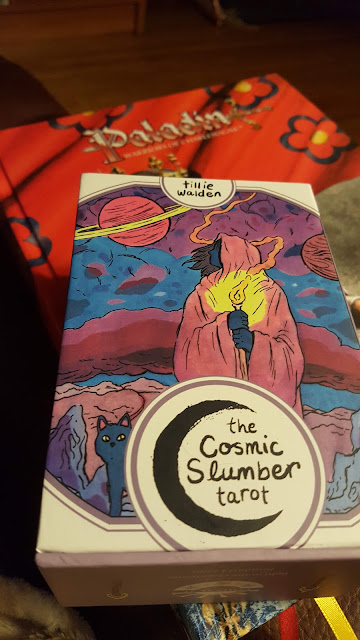Two of these books are among my best reads of the year. David Anthony Durham's The Risen is a novel of the Spartacus uprising during the Roman Republic. It is written in short chapters, each conveying the perspective of a different character who was part of the Spartacus movement. You get to see how the movement and individual characters evolve over time. I had dinner with David once (and with Nnedi Okorafor and Nalo Hopkinson) 12 years ago or so, and it is amazing to see how his career and Nnedi's have progressed. David is best known for the Acacia fantasy trilogy, but now that I have read "The Risen", I want to read another of his historical novels, Pride of Carthage, which is about Hannibal. This was my best read of 2020 to date; I read it slowly over the summer and fall. Like all really good books, finishing it leaves a bit of a hole.
Andreas Malm's Corona, Crisis, and Climate Emergency: War Communism in the Twenty-First Century was the other great read of 2020. It looks at the intersections between the COVID-19 pandemic and the climate crisis. It asks some difficult questions, like why did (most) states respond very aggressively to COVID-19 while choosing not to respond in significant ways to the climate crisis, which has been killing 150,000 people a year for the last four decades. The book makes a persuasive case that climate change is a primary driver of pandemics, as local habitat disruption forces pathogen-carrying species to migrate. Malm revises radical disaster theory (which emphasizes social factors as the drivers of disaster) by showing how capital in fact drives climate crises and in turn drives biological crises like pandemics. (Note that while the text engages with James O'Connor, one of the founders of Ecological Marxism, it fails to engage with other compelling radical ecologies, such as the Marxist eco-feminisms of Vananda Shiva, Maria Mies, and others. More on the exclusion of non-European thought in a bit.)
Malm's solution is a call for war communism to address the dual crises of pandemics and climate crises. This requires the exercise of state power, so anarchism is out because it rejects using the most critical tool. Similarly, social democracy is out, because it is ineffective in crisis periods. His deus ex machina is that simultaneous Leninist revolutions will happen in multiple countries - somehow. Because he doesn't engage with capitalism as a world-system though, there is no theory behind how these "simultaneous" revolutions might occur, or how they will stay true to their original goals once state power is taken. Here he relies on Adorno and Trotsky to keep the revolutions true.
You can't get more magical thinking or more Eurocentrism in one serving, and given the terrible track record of Trotskyism in the real world (zero successful revolutions, almost zero traction outside Europe and North America) this is a really self-defeating place to land. Still though, there is a lot of exciting food for thought in this small book, and much of the text left me very hopeful that positive, rapid change on a world scale still might be possible. Malm creates the sense of urgency for the change, and a sense of possibility; it's just that his analysis and prescriptions really need to step outside the European and Western Marxist frames.

Then there is The Xenofeminist Manifesto by the five-country collective Laboria Cuboniks. I read it in about an hour on the exercise bike, and you can too. The point of the text is a bit drowned out by its graphic design, but I gather the main points are to put forward xenofeminism as an anti-essentialist, pro-science, trans-friendly revolutionary feminism for the digital age. None of this is bad.
What is bad is the way that the text is absolutely smothered by the design. It reminded me a lot of the cover and interior of the Swedish old-school metal RPG Mork Borg ("Dark Fortress"), which came out 2 years after The Xenofeminist Manifesto.
Which images below come from the manifesto, and which come from the RPG? Choose your own adventure, but no more of this, please!








